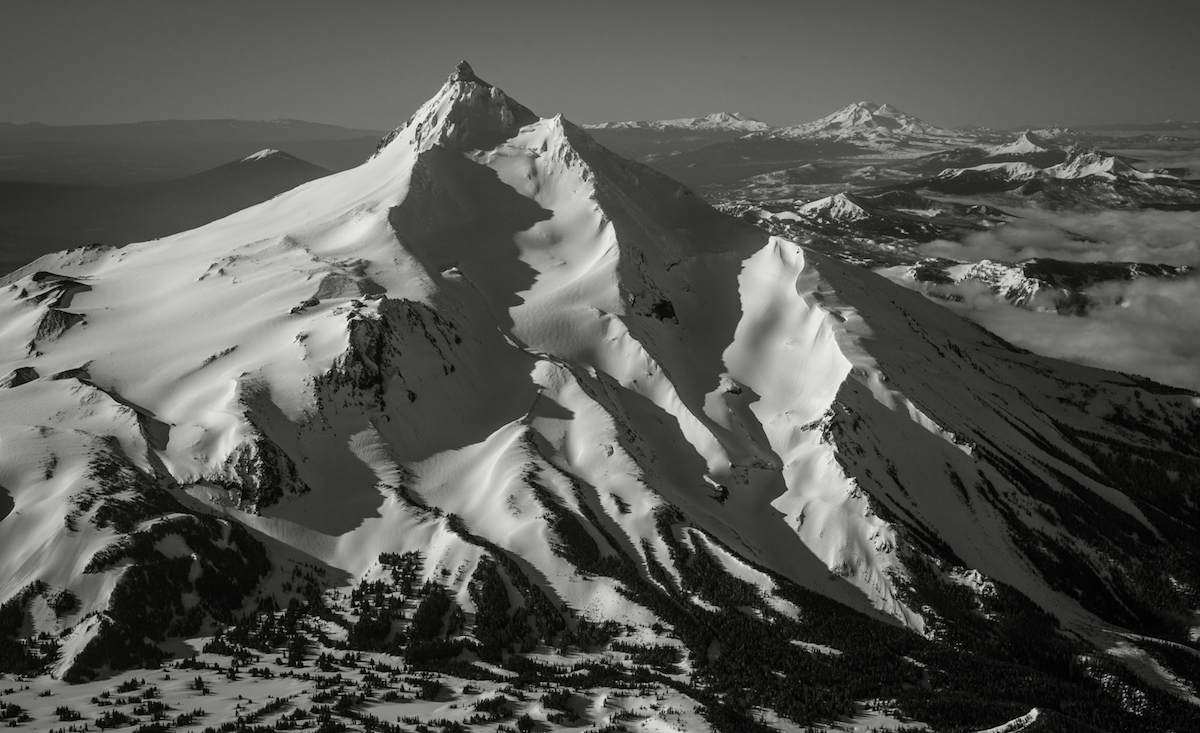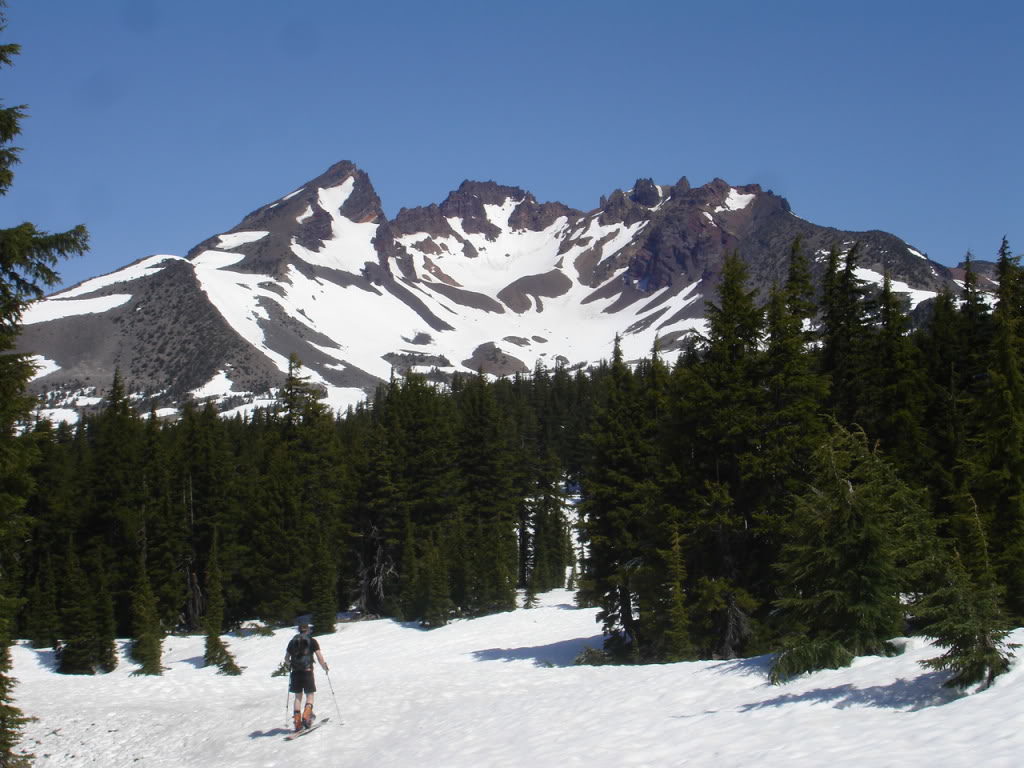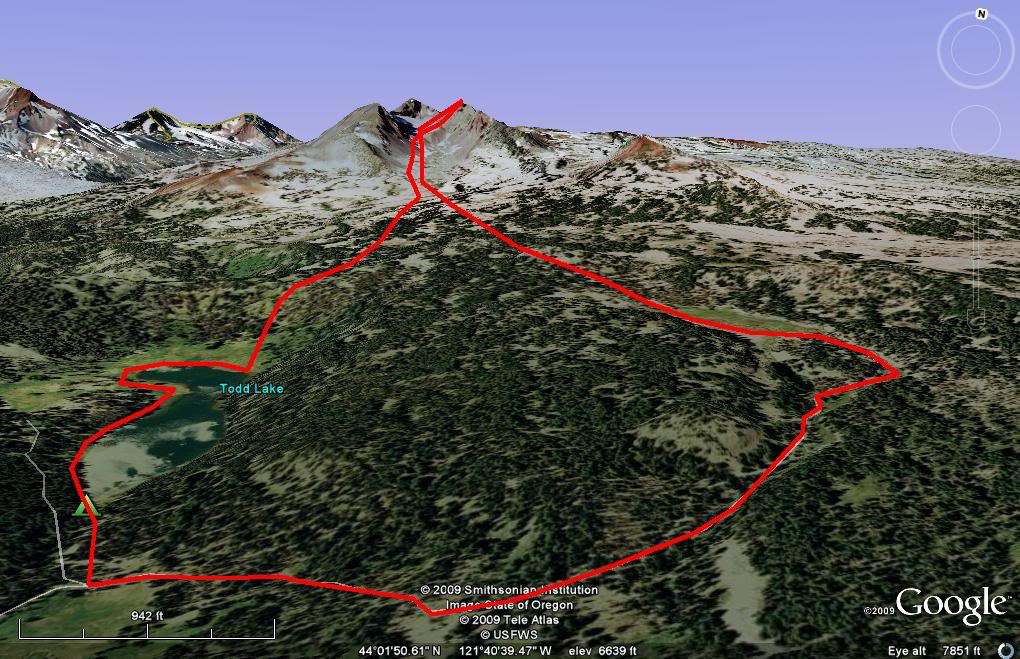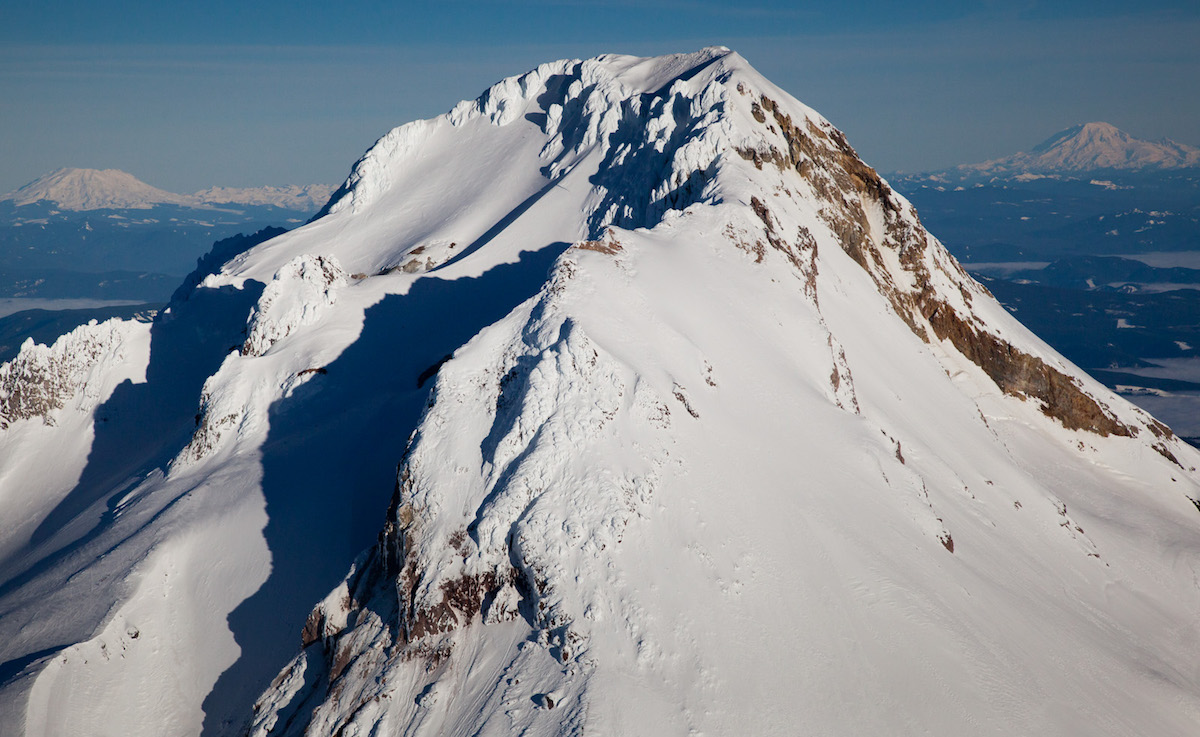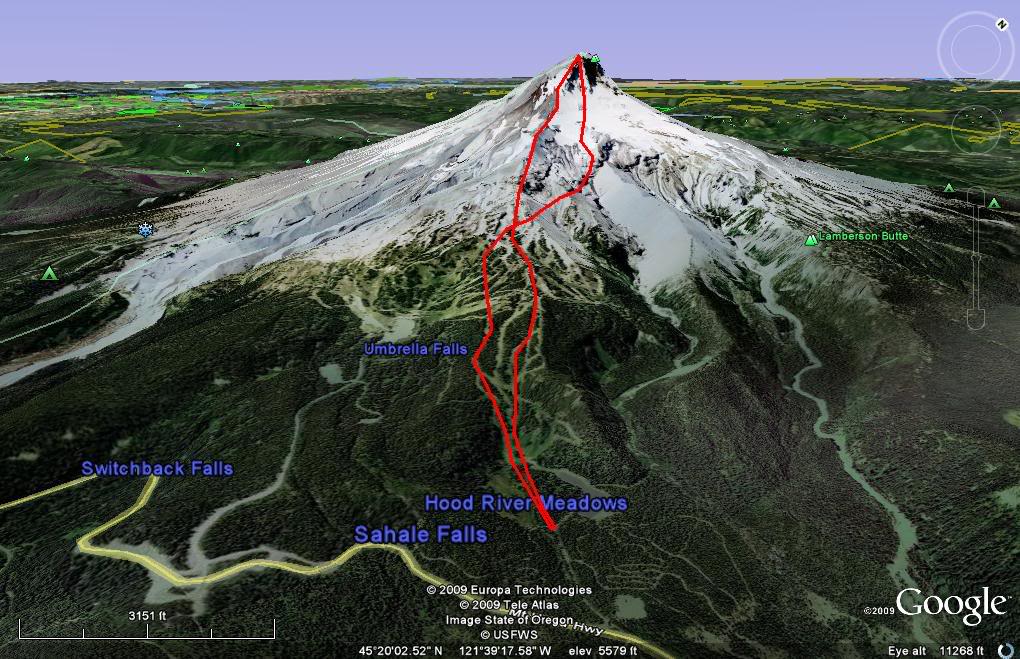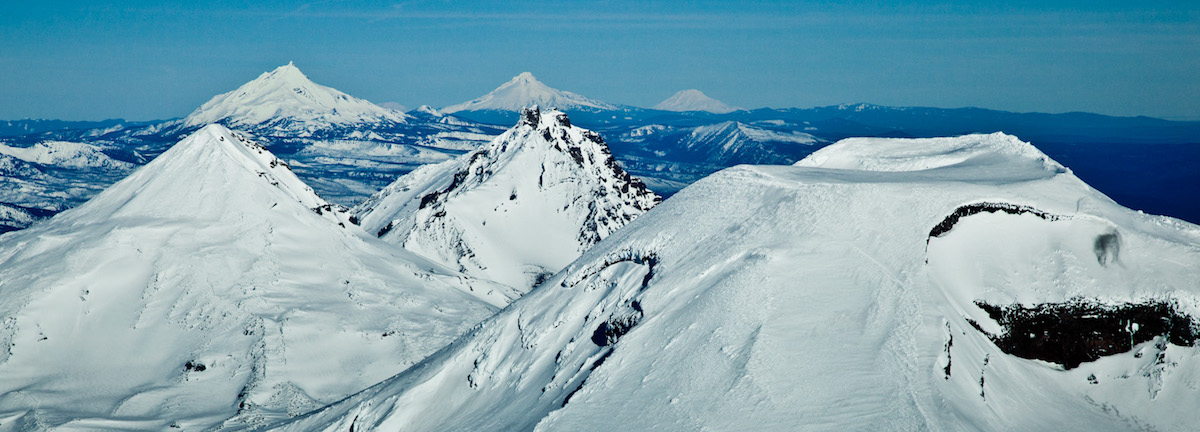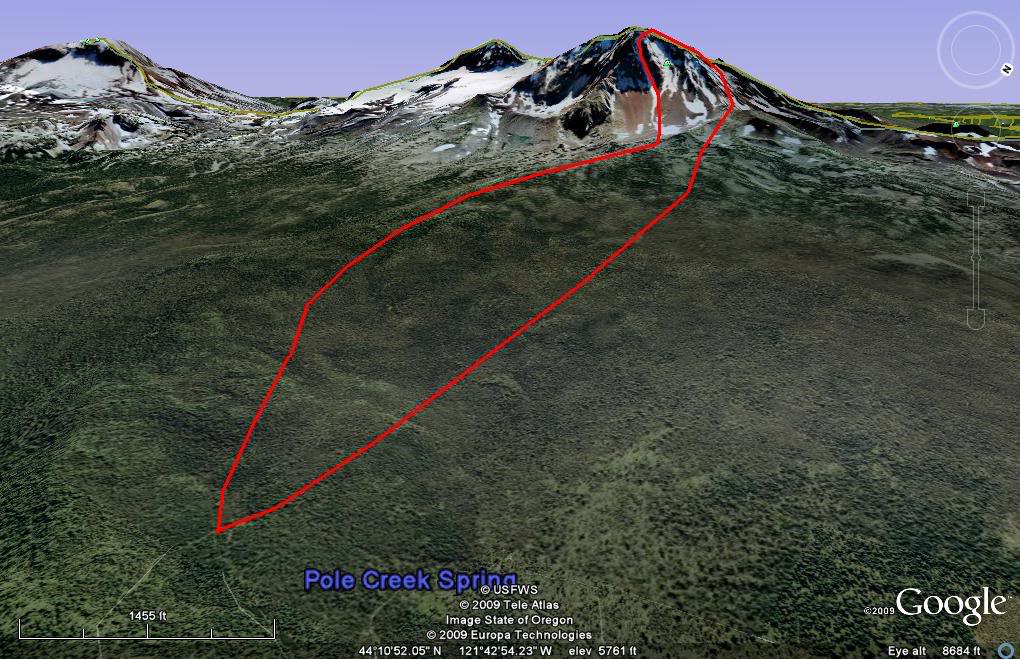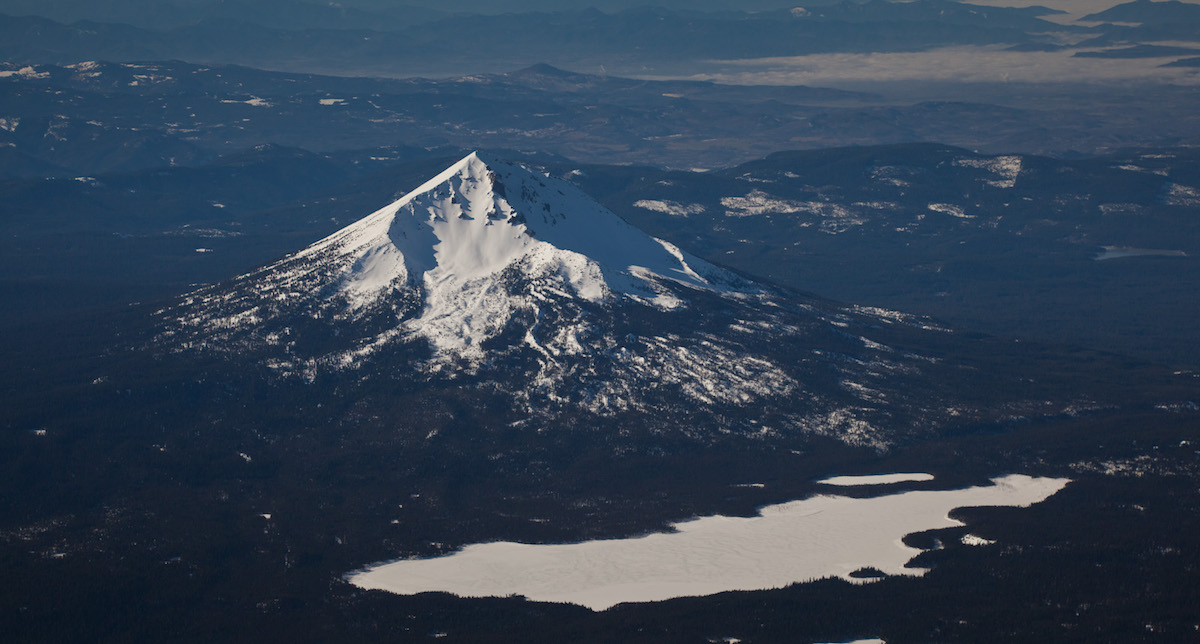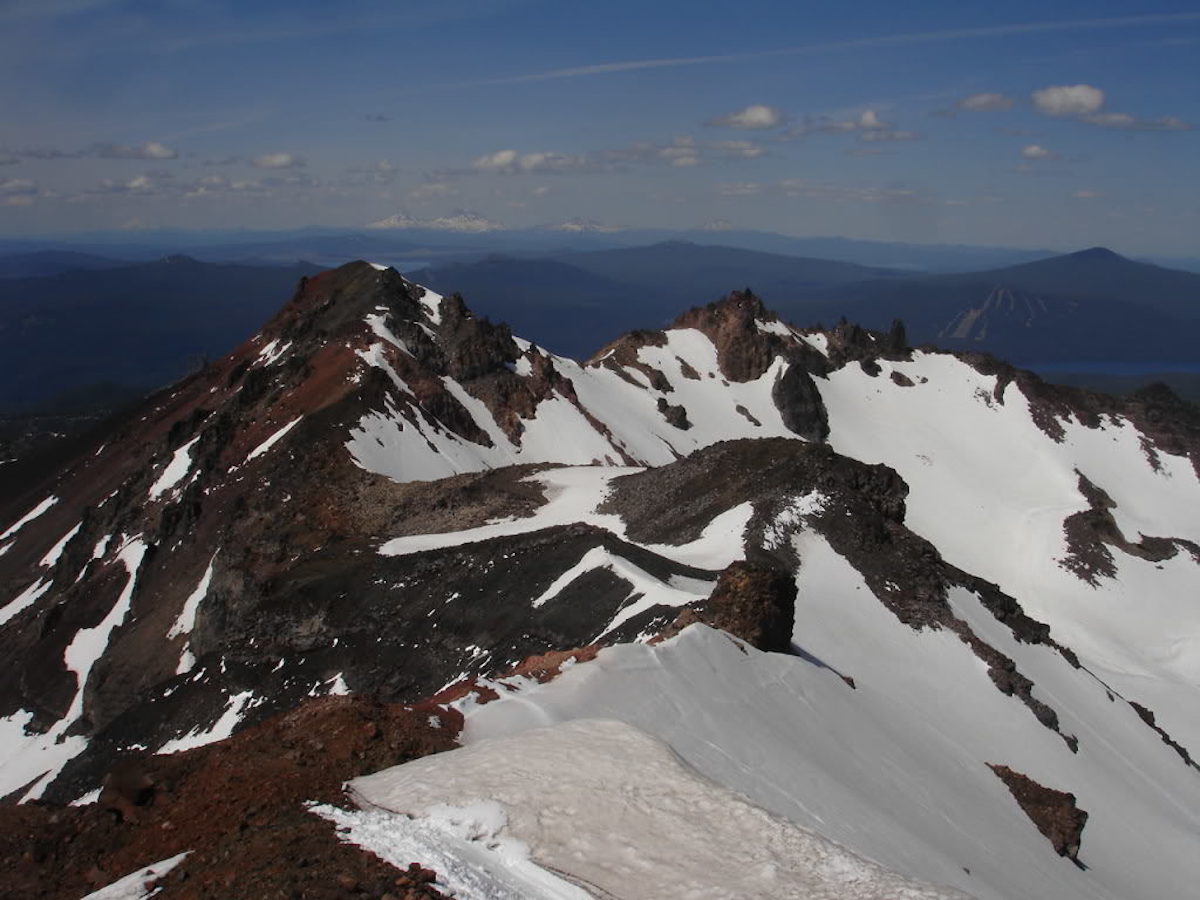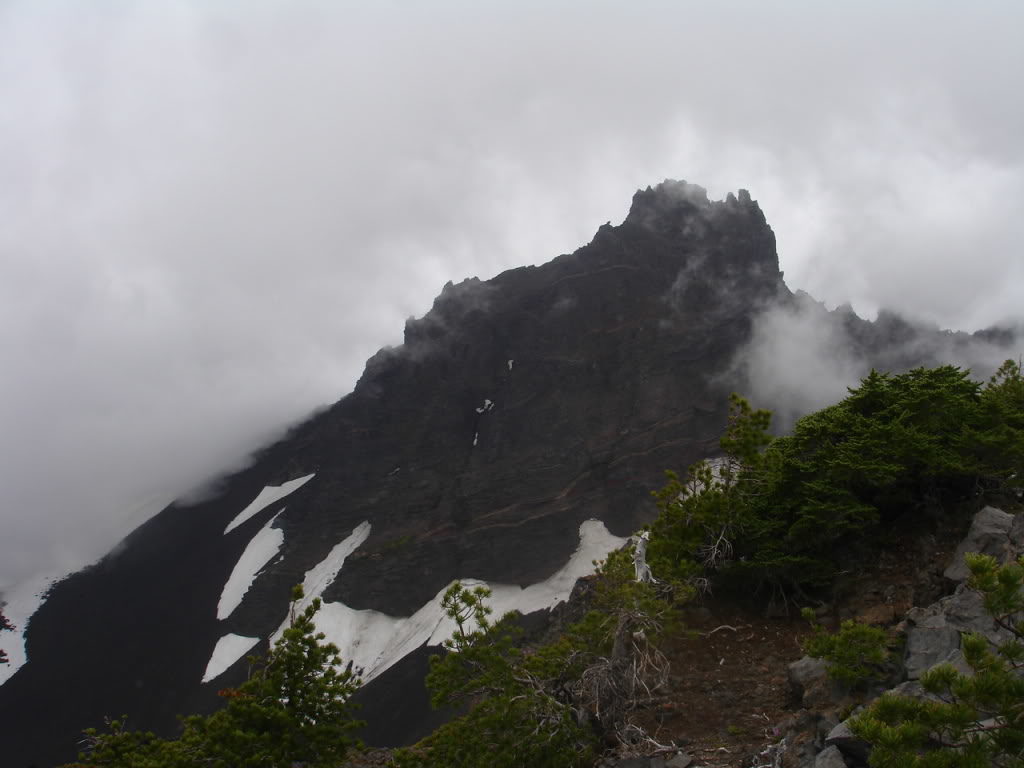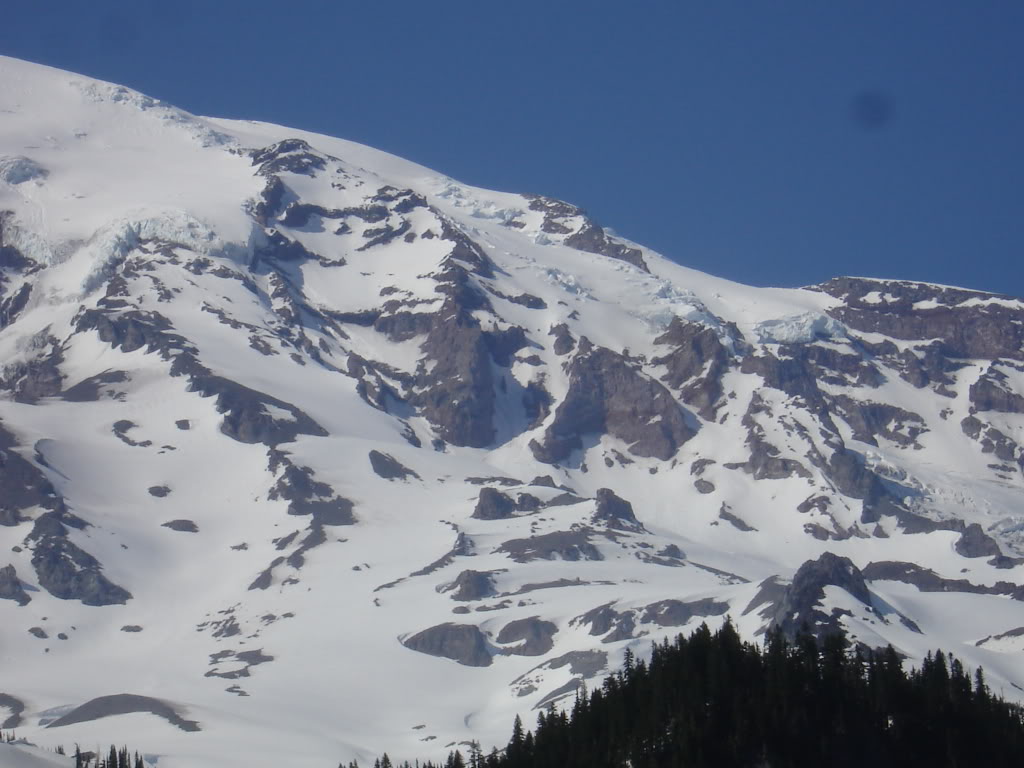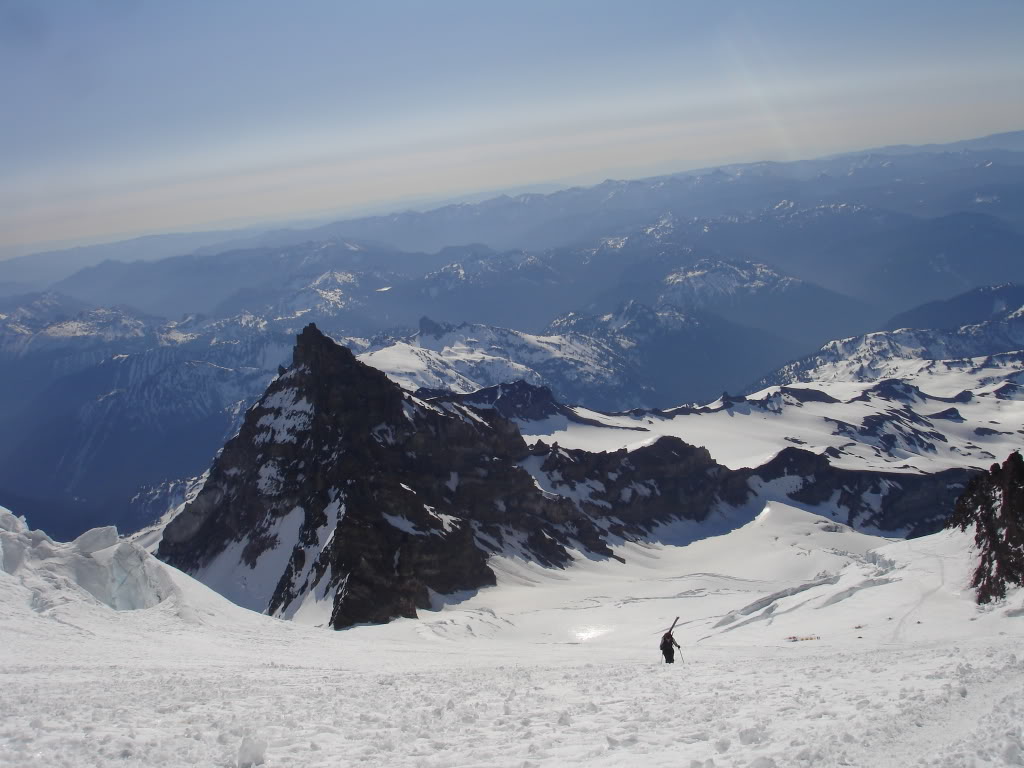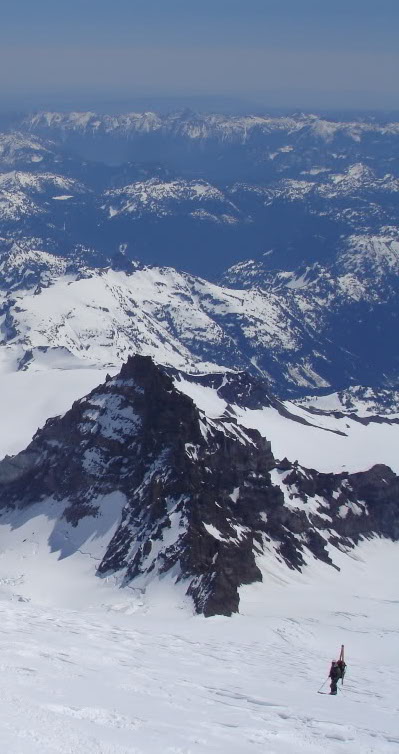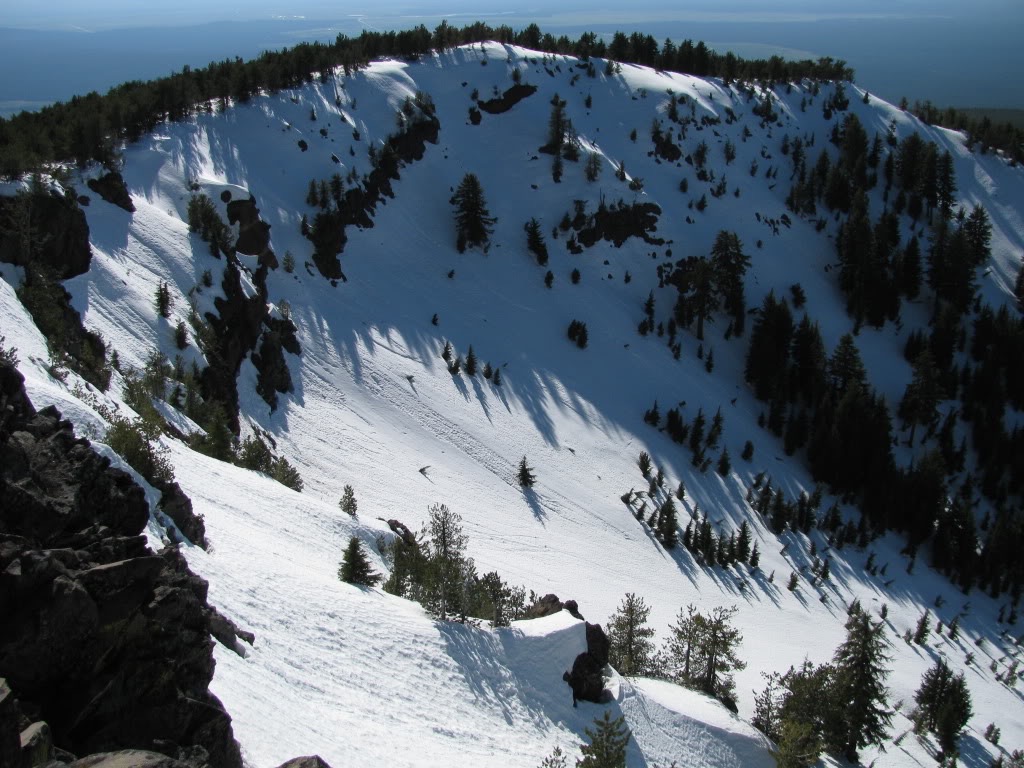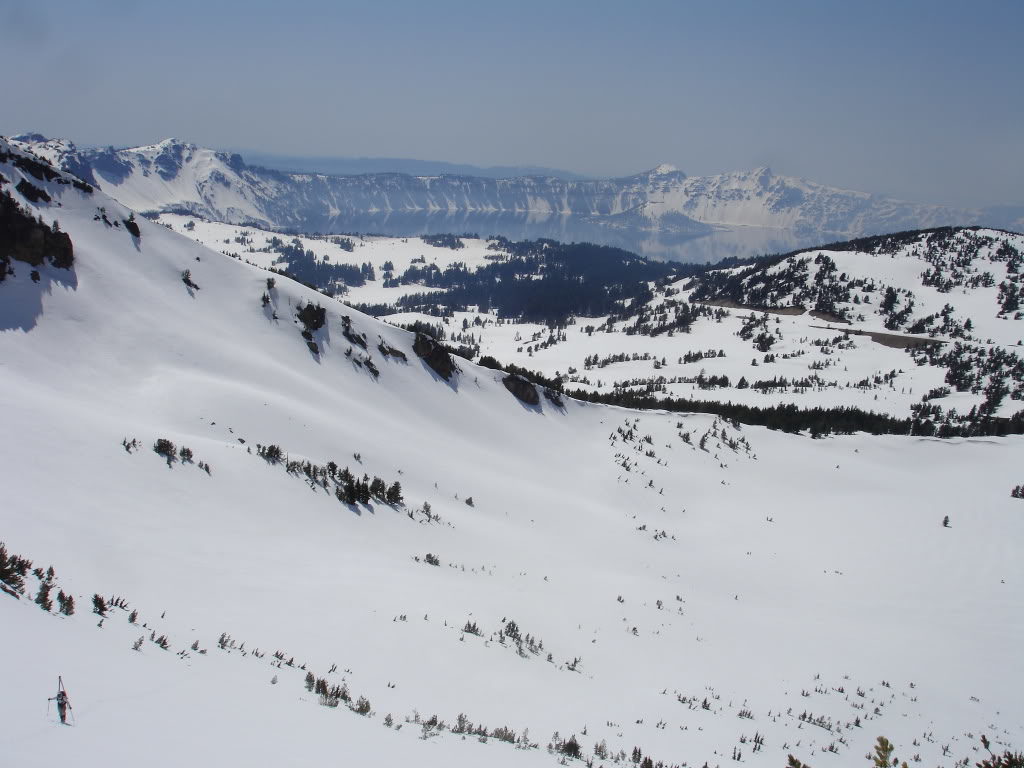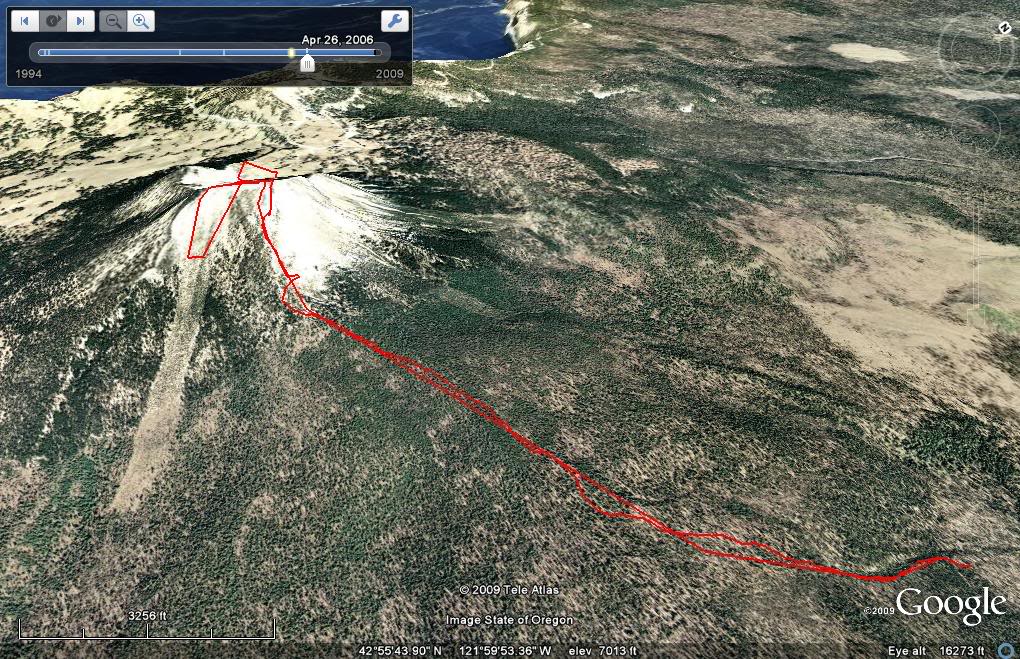Mount Jefferson is the second highest volcano in the Oregon Cascades. With a summit elevation of 10,497 feet and numerous glaciers it offers skiing all year round. Although it’s northern brother is Mount Hood it gets far less traffic. The volcano is separated by Warm Springs Indian Reservation to the East and Mount Jefferson Wilderness to the west. There are 4 different glaciers on the volcano named Whitewater, Jefferson Park, Russell, and Waldo Glaciers. It was originally named Seekseekqua by the Native Americans then Mount Vancouver by the British. The name Mount Jefferson came from the Lewis and Clark expeditions as a thank you to the then president Thomas Jefferson. On average has numerous 6,000 foot descents.
Heading Towards the White Water Trailhead on Mount Jefferson
After an eventful day of hiking through a storm on Three fingered Jack I was happy to be back in my car. I was now heading north towards Jefferson Park Wilderness. By now I had visited Oregon four times over the season in an attempt to ride 25 separate volcanoes. Driving over Santiam pass for the sixth and final time this season I noticed that Mount Jefferson was covered in dark clouds. I had hopes that the sun would burn off the clouds as I entered Mount Jefferson wilderness via the White Water road.
The rain slowly misted as I drove up Whitewater Creek and progressed to a downpour as the road gained elevation. Finally I was at the Whitewater Trailhead but the weather was much worse then I had hoped for. My original plan was to camp there so I could get an early start. Instead I decided to camp much lower where it was barely a drizzle.

